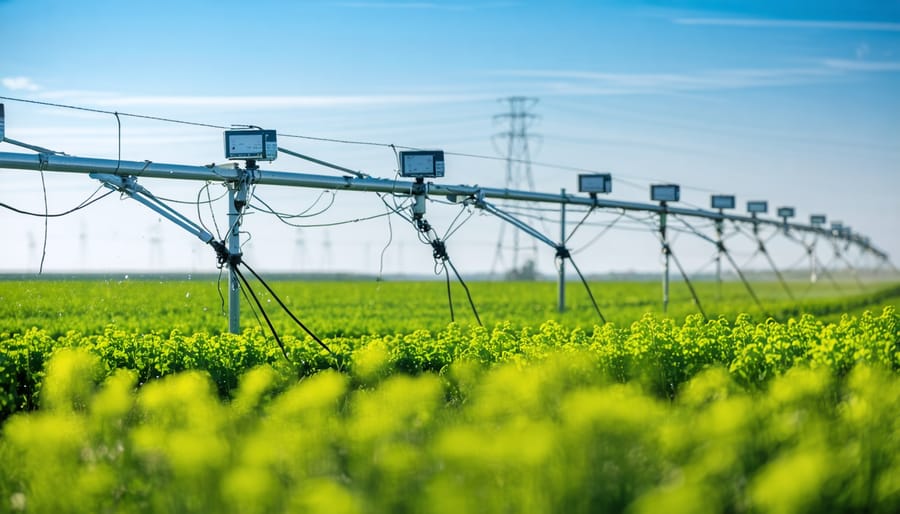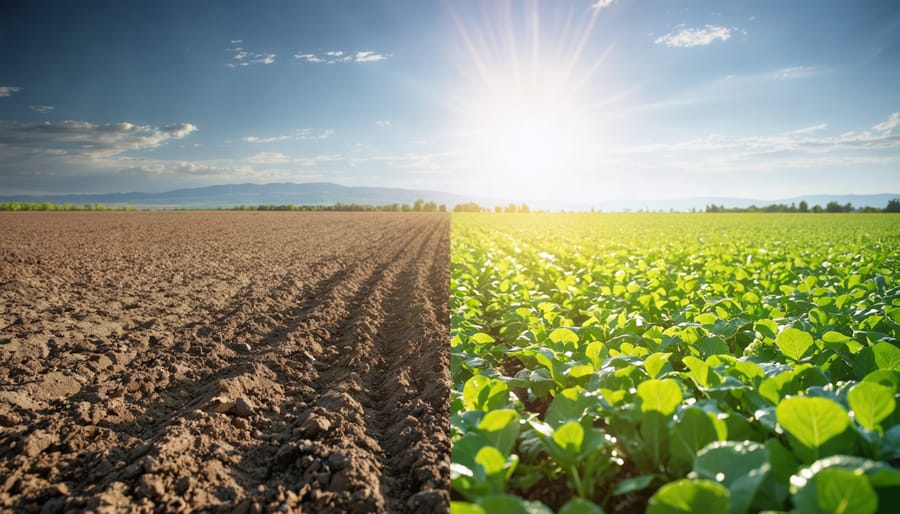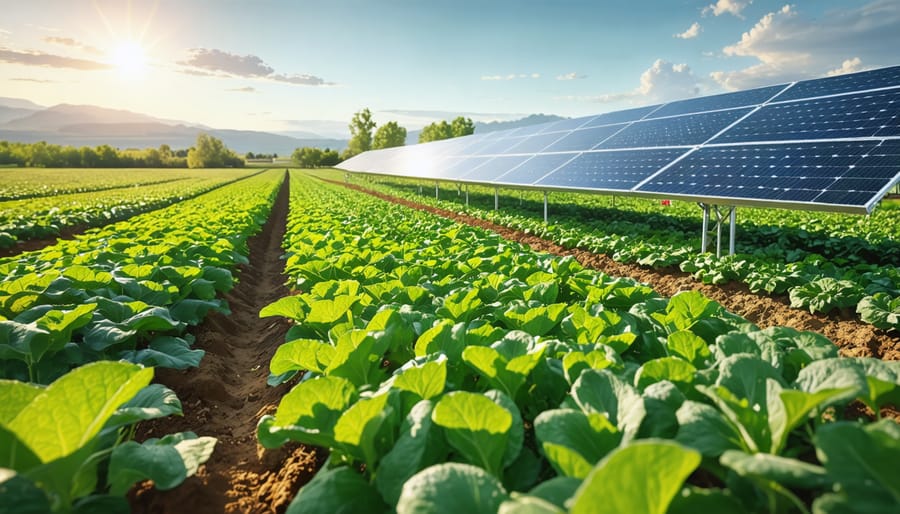Transform your farm’s resilience today with drought-smart crop selection that helps your operation thrive despite drought conditions. Across Alberta’s prairies, forward-thinking farmers are shifting to water-efficient alternatives that maintain profitability while conserving precious resources. These five remarkable crops have consistently demonstrated superior drought tolerance while delivering competitive yields in our Canadian growing conditions. From the sun-baked fields of Southern Alberta to the parkland regions, these proven varieties offer practical solutions for producers facing water management challenges. Drawing from successful local case studies and research from Agriculture Canada’s drought-resilience programs, we’ll explore how these hardy crop selections can revolutionize your farm’s water efficiency without compromising your bottom line.
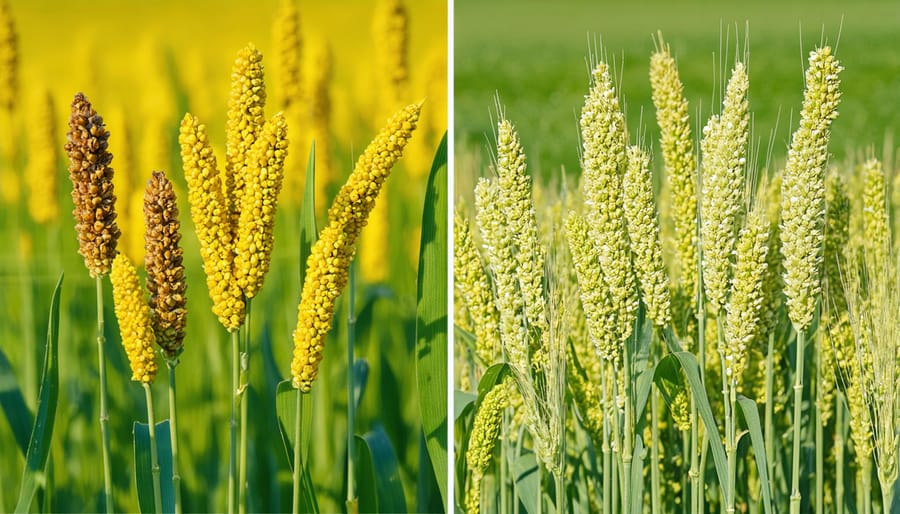
Millets: The Ancient Grain Making a Modern Comeback
Success Story: Alberta’s Millet Revolution
In 2019, third-generation farmer Sarah Thompson from Drumheller revolutionized her family’s farming operation by introducing millet on 40 hectares of traditionally wheat-occupied land. Despite initial skepticism from neighboring farmers, her millet crop thrived with just 200mm of rainfall during the growing season – roughly half the water requirement of wheat.
“We saved approximately 60% on irrigation costs that first season,” Thompson reports. “The crop’s resilience during last summer’s drought really proved its worth.” Her success has inspired fifteen other local farmers to incorporate millet into their crop rotation, creating a growing community of water-conscious agriculturists in southern Alberta.
Today, Thompson’s millet operation has expanded to 100 hectares, and she’s working with local grain processors to develop value-added products for the Canadian market.
Drought-Hardy Chickpeas: A Profitable Pulse Option
Water-Saving Techniques for Chickpea Growing
Start with proper seedbed preparation to maximize soil moisture retention by incorporating organic matter and maintaining good soil structure. Time planting to coincide with Alberta’s spring moisture, typically mid-April to early May. Consider no-till methods to preserve soil moisture and reduce evaporation. Space rows 30 cm apart to optimize water use, and maintain 2-3 cm planting depth for optimal germination. Apply mulch between rows to reduce moisture loss and suppress weeds. Monitor soil moisture at root depth using a moisture meter or simple probe test, and only irrigate when necessary. Many Alberta farmers have success with deep, infrequent watering rather than frequent light irrigation, encouraging deeper root development and improved drought tolerance.
Safflower: The Oil Crop That Beats the Heat

Market Opportunities for Canadian Safflower
Canadian safflower has seen growing demand in both domestic and international markets, particularly in the health food and industrial sectors. With increasing interest in plant-based oils, safflower oil commands premium prices in specialty markets, averaging $30-35 per bushel. Alberta farmers are well-positioned to tap into this opportunity, as our climate conditions are ideal for safflower production. The cosmetic industry’s demand for safflower oil has grown by 15% annually, while the health food sector continues to expand. Local processing facilities in Southern Alberta offer convenient delivery options, making safflower an economically attractive option for farmers looking to diversify their crop rotation while conserving water resources.
Drought-Resistant Quinoa Varieties
Expert Interview: Quinoa Breeding in Alberta
Dr. Sarah Thompson from the University of Alberta’s Plant Sciences Department shares promising developments in quinoa breeding. “We’ve successfully developed varieties that thrive with just 300mm of seasonal rainfall, compared to traditional varieties requiring 400-500mm,” she explains. Recent field trials in Lethbridge showed these new drought-resistant varieties yielding 2,200 kg per hectare while using 25% less irrigation. These adaptations make quinoa an increasingly viable option for Alberta farmers facing water constraints, particularly in the southern regions where moisture conservation is crucial.
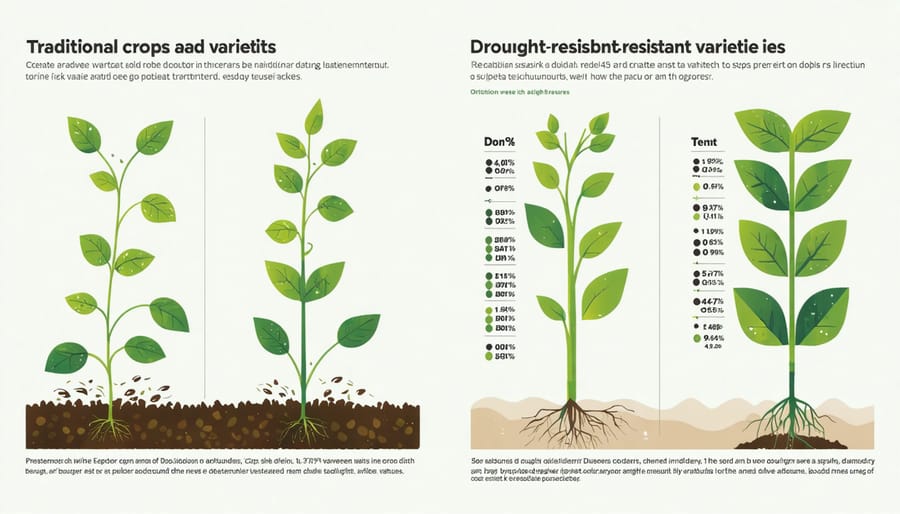
Amaranth: The Resilient Ancient Grain
Getting Started with Amaranth
Amaranth thrives when planted in late spring after soil temperatures reach 15°C. In Alberta’s climate, aim to sow seeds between mid-May and early June, spacing rows 45-60 cm apart. Start with a small plot of 0.1 hectares to learn the crop’s characteristics. Amaranth works well following legumes or cereals in your rotation, helping break disease cycles. The crop requires minimal irrigation during establishment, typically needing only 200-300 mm of water throughout the growing season. For best results, plant in well-drained soil with a pH between 6.0 and 7.5, and consider using cover crops in winter to protect soil health between seasons.
By embracing these proven drought-resistant crop varieties, Canadian farmers can significantly reduce water consumption while maintaining profitable operations. These water-efficient crops not only help preserve our precious water resources but also offer increased resilience against unpredictable weather patterns. As our agricultural community continues to adapt to changing climate conditions, implementing these alternatives represents a practical step toward sustainable farming. The success stories from fellow Alberta farmers demonstrate that transitioning to water-efficient crops is both viable and rewarding. By working together and sharing our experiences, we can build a more sustainable agricultural future while protecting our water resources for generations to come. Consider starting with one of these crops in your next growing season and joining the movement toward water-wise farming in Canada.



